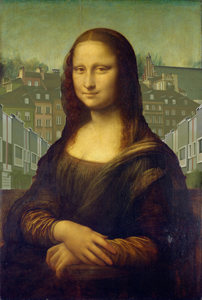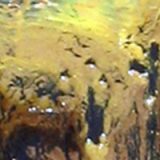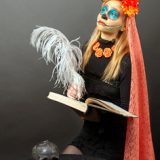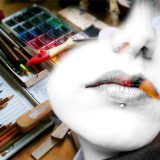A Letter

A Reader Responds to Professor Jimson
Dear Professor Jimson,
In regard to your most illuminating article on intumescent paints–Swell Idea–and their potential application in the fine arts, I proffer the following observations.
1. You raise the issue of whether the studio of the artist using said pigments should be warm or cold. No doubt this likewise raises the possible existence of pigments of an opposite, exiguous nature that, when applied under frigid conditions, lead to the shrinking of the areas painted. We all know that the Sistine Chapel was an inhospitably cold setting (read the poems, watch the movie!) for maestro Buonarotti. Thus, we now have a thermal-based explanation for Adam’s notably cachectic Guglielmo!
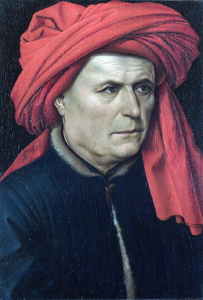
2. The existence of said “anti-tumescent” pigments might also suggest a solution for your wonderments regarding “fat over lean” (another most intriguing essay, dear Jimson). Might it not be that the thin nature of El Greco’s figures resulted from the use of such contractile pigments, applied in a cool environment to escape the blazing heat of the Spanish clime? (One notes his palette to be a notably dark and cold one.) Tubby Turner, on the other hand, faced with the eternal damp and gloom of England, most certainly would have welcomed intumescent paints laid down in a studio warmed by a sound pot-bellied stove, stoked with good old Midlands coal. (And, one again notes Master Turner’s fiery palette, so unlike Greco’s somber colorations.)
3. Finally, dear Professor, before I sign off, I must question your near-obsessive concern with the thermal in art. (How was Tahiti, by the by? Did we mayhap return with any personal, tropically induced tumescences?) Did not Jean-Auguste-Dominique himself claim that drawing, not painting, is the probity of art? Set aside your tubes and brushes, man. Put some lead in the shaft of your pencil–that’s the point!
Your Humble Servant,
Nosey Parker, AAA, MD, LSMFT

